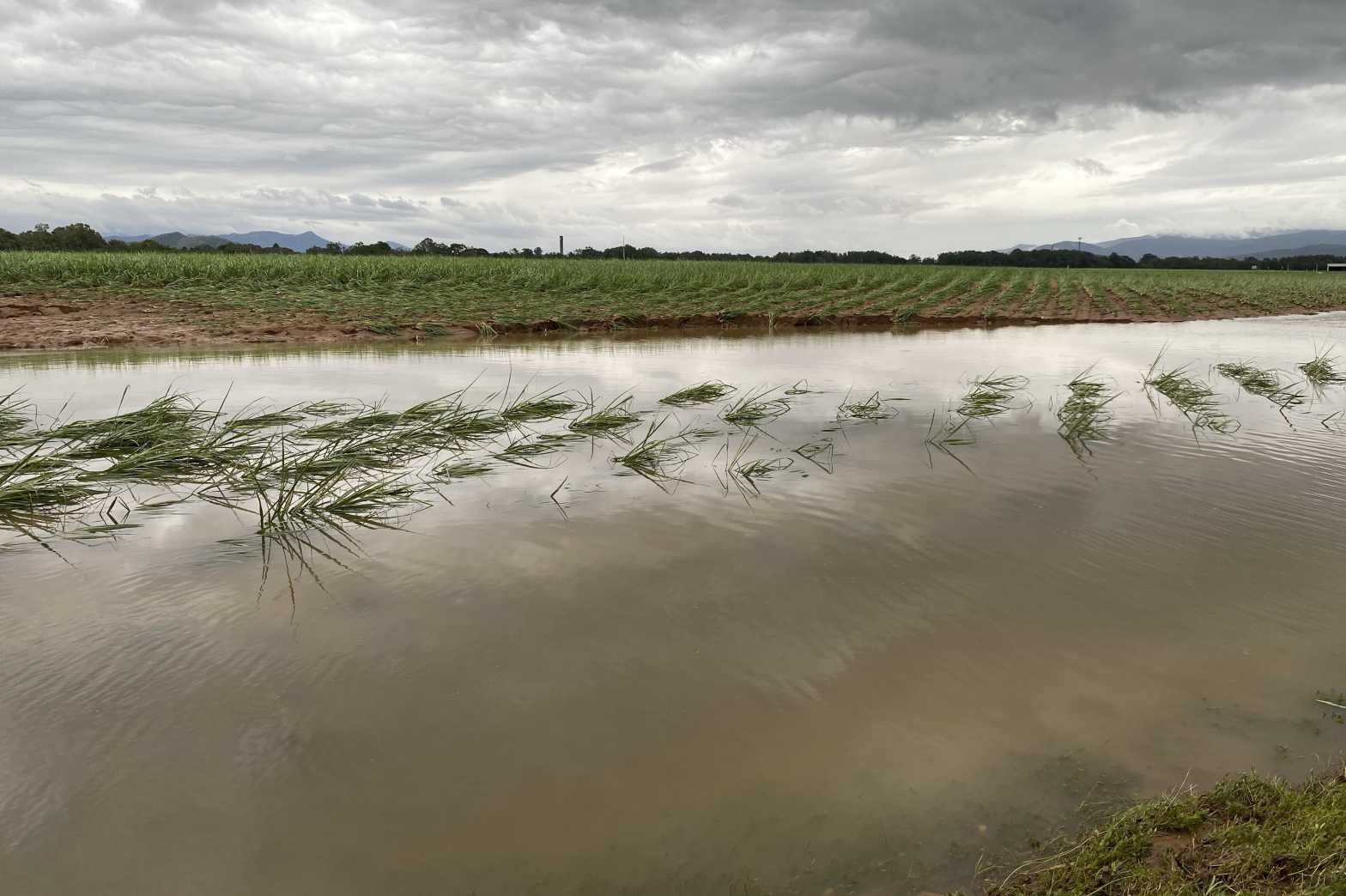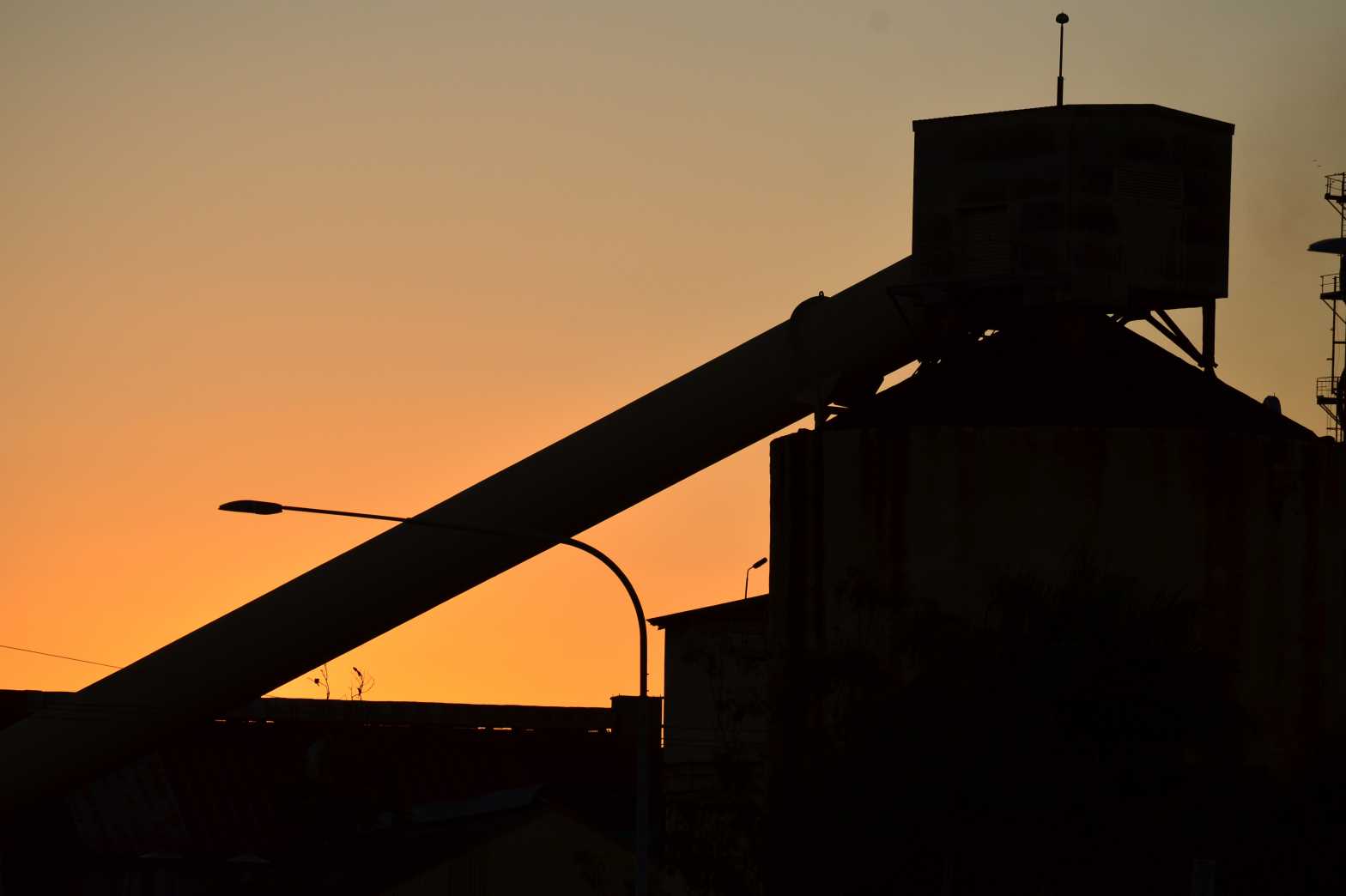There’s no escaping the fact we’re caught in a cost-of-living crisis, with the price of essentials like food, fuel, and housing going through the roof.
Of course, this issue is not confined to Queensland, or even Australia. Governments around the globe are struggling to tackle the high inflation that is making it difficult for families to make ends meet.
The problem is also not confined to households, with businesses, particularly small businesses, struggling to meet the ever-rising costs.
And for many Queensland’s farming businesses, especially sugarcane growers, this struggle is about to get a lot harder.
Recently, the Queensland Competition Authority approved an increase in the price farmers pay for water to irrigate their crops.
This proposed increase will see prices rise by around 41% on average over a four-year period, with some irrigation schemes seeing increases of up to 95%, or 18% compounding annually (CAGR).
Depending on where in the state their farms are located, growers could be paying hundreds, thousands, or even tens of thousands of dollars more per year to grow their crops.
Not only is the increase (9% CAGR) completely out of step with CPI, which currently sits at 3.4%, but it also completely negates a 15% price reduction introduced by the government in 2021, when it was recognised that the prohibitive cost of irrigation was stifling growth and productivity.
Of course, water isn’t the only cost involved with irrigating the crops that help sustain our nation and export industry.
On top of the machinery, maintenance, and other miscellaneous costs, there is also the price of power used to pump irrigation water.
Here too growers are being smashed year-on-year with excessive price rises.
Since 2007, irrigation electricity tariffs have risen by 260%, forcing many growers to simply turn off the tap, thereby underwatering crops, which impacts quality and yield.
Even the introduction of a lower-cost small business tariff in 2016 did little to moderate costs of electricity, which have continued to increase at almost double the rate of inflation ever since.
As we’ve seen from the recent supermarket inquiry, it’s not always possible for farmers to pass on their increased costs to consumers. For sugarcane growers, who sell their sugar on the global market, it’s impossible.
I know families across the country are feeling the crunch, but how much worse will it get for our regional communities if farms and other small businesses that sustain them are priced out of existence?
If we want our communities to thrive, our government needs to implement policies that ensure local businesses can succeed.
In the lead-up to this year’s election, CANEGROWERS will be challenging the government to reduce costs on small businesses and introduce policies that support regional Queensland.




